How to Completely Uninstall Microsoft Teams on Windows 10?
Microsoft Teams is a proprietary business communication platform developed by Microsoft, as part of the Microsoft 365 family of products. MS Teams primarily offers workspace chat and videoconferencing file storage, and application integration. MS Teams is replacing other Microsoft-operated business messaging and collaboration platforms, including Skype for Business and Microsoft Classroom.

Sometimes, uninstalling MS Teams can be a hurdle for many. You may perform a clean uninstallation by going through any of the following methods:
Method 1: Uninstall MS Teams from Windows Settings
- Close MS Teams by right-clicking the MS Teams icon in the taskbar and select Quit. This will close down all the background ongoing processes related to MS Teams.
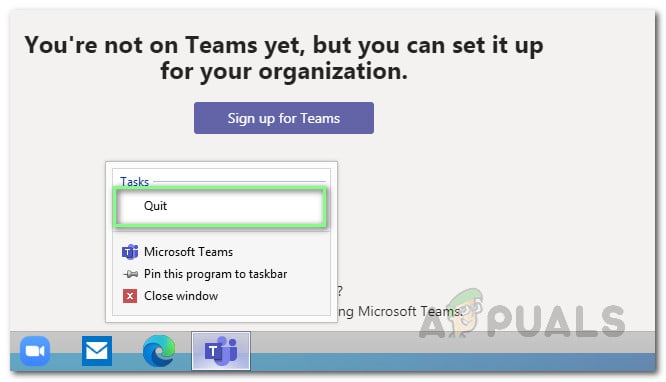
Quitting Microsoft Teams - Click Start > Settings.
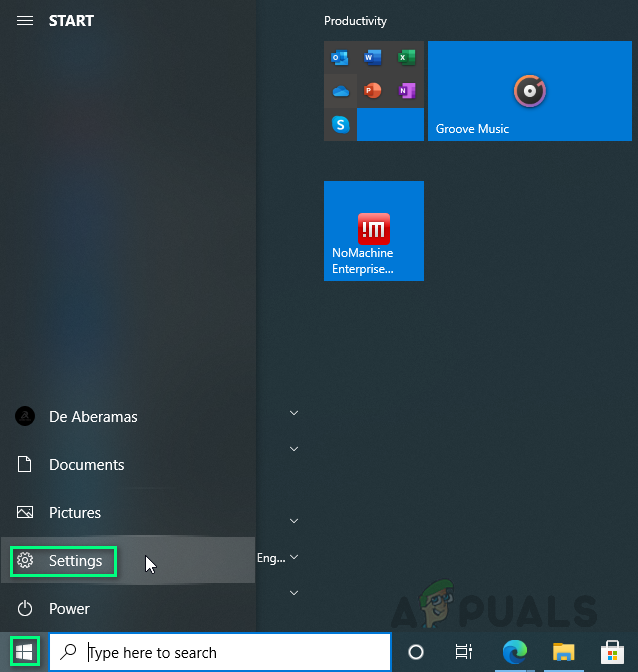
Opening Windows Settings - Select Apps. This will open applications related settings, including settings for Apps & features, Default apps, offline maps, etc.

Opening Apps Settings - In the Apps & features section, search for Teams. Highlight Microsoft Teams and select Uninstall. This will open a pop-up window, select uninstall again to confirm the action.
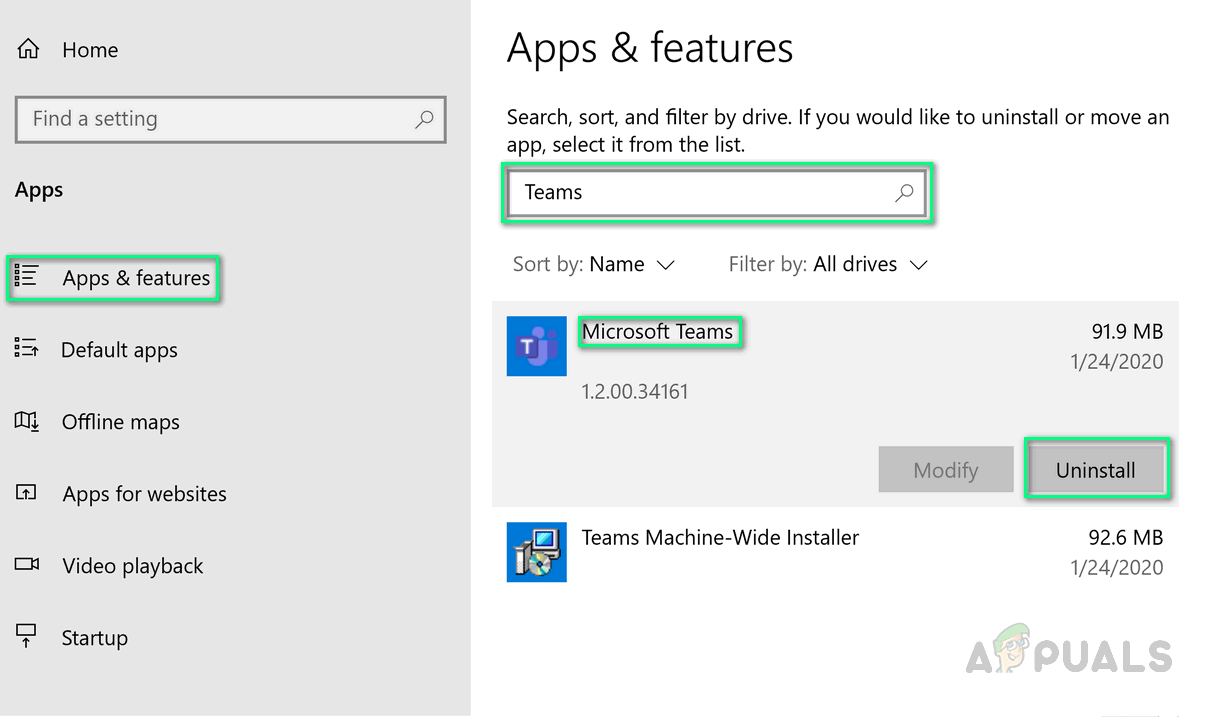
Uninstall Microsoft Teams - Similarly, uninstall Teams Machine-Wide Installer as described in step 4. MS Teams have now been removed from your PC completely.
Method 2: Uninstall MS Teams from Control Panel
- Close MS Teams by right-clicking the MS Teams icon in the taskbar and select Quit. This will close down all the background ongoing processes related to MS Teams.
- Right-click on Start and select Control Panel to open it.
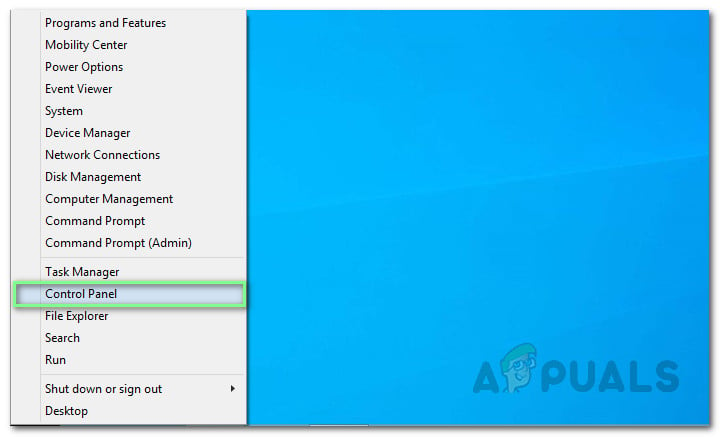
Opening Control Panel - Select Uninstall a program under the Programs section. This will open a window including a list of all installed programs on your PC.
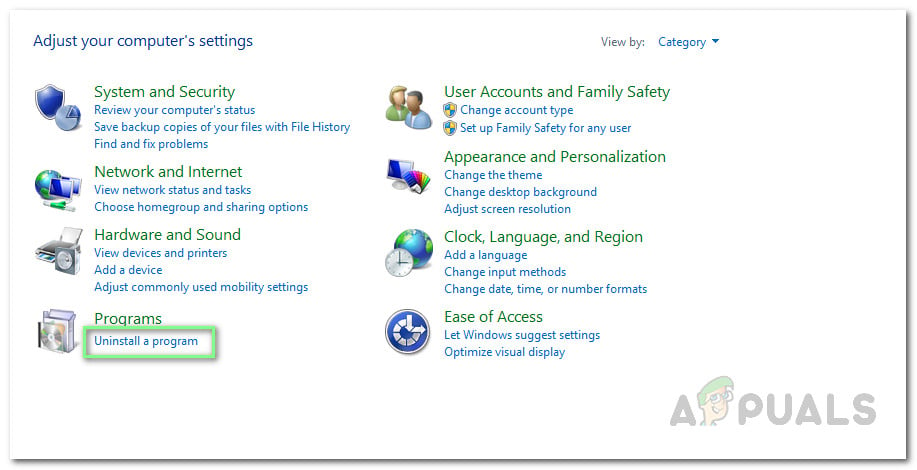
Opening Installed Programs List - Select Microsoft Teams from the list of installed programs and click Uninstall. This will start uninstalling MS Teams, wait until the process is completed.
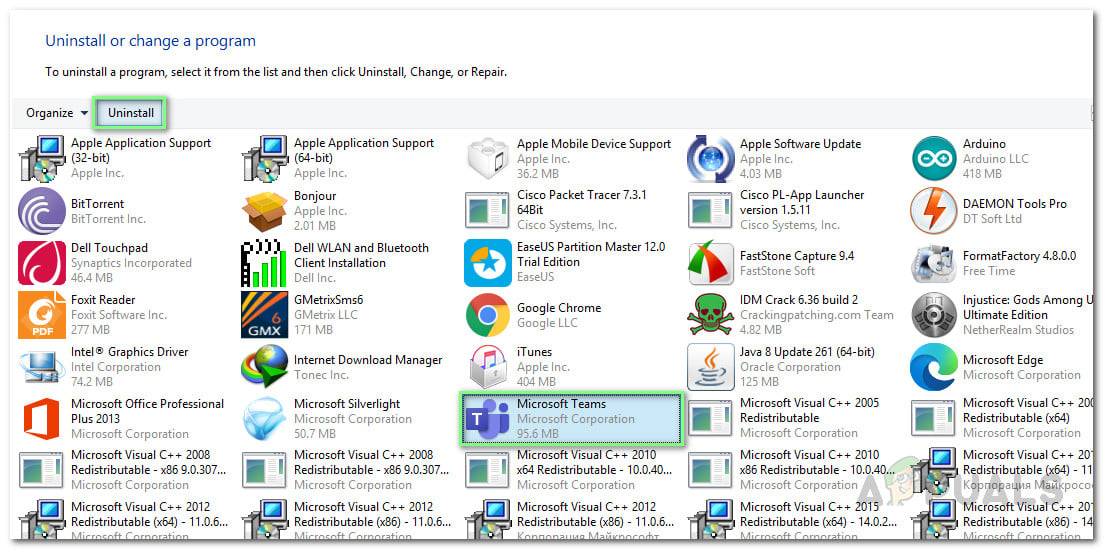
Uninstalling Microsoft Teams - Press Windows + R keys on your keyboard to open Run dialog box. Type %appdata% and click OK. This will take you to a hidden folder named AppData that includes all applications data files.
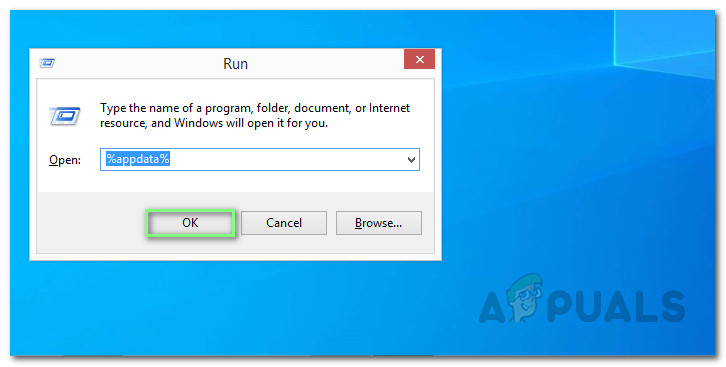
Opening AppData Folder - Open Microsoft folder, right-click on Teams folder and select Delete.
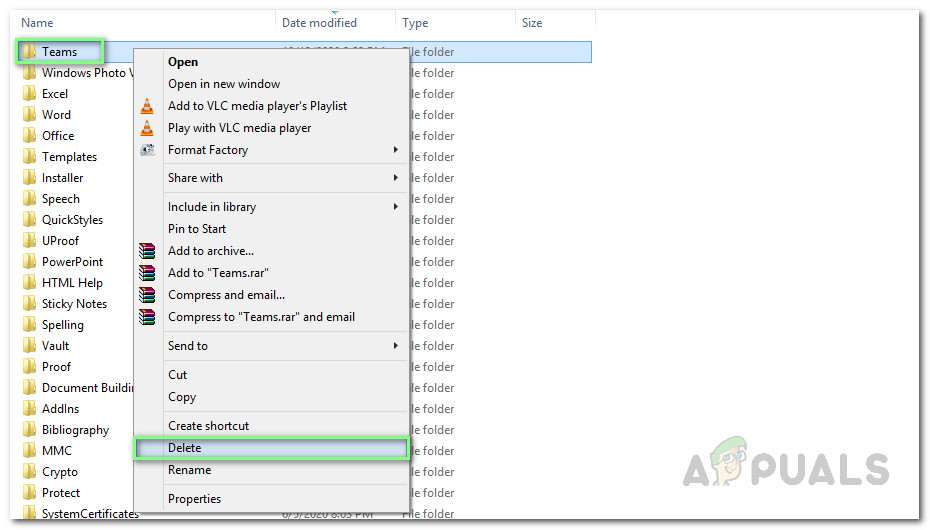
Deleting MS Teams Folder - Close all windows and again press Windows + R keys on your keyboard to start Run. Type %Programdata% and click OK.
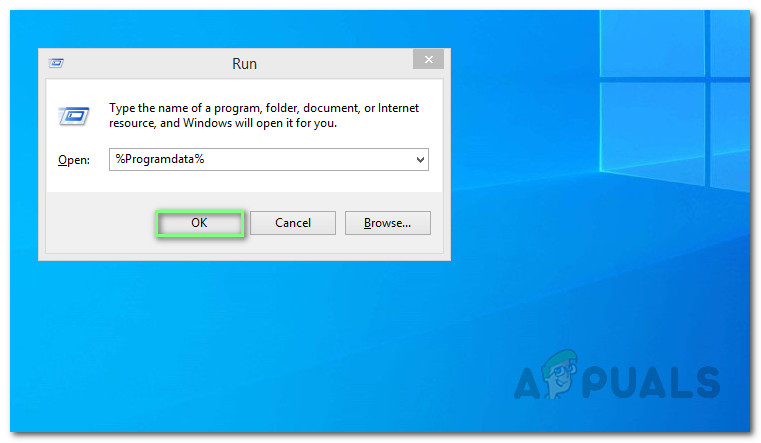
Open ProgramData Folder - Repeat step 6. Now you have finally uninstalled Microsoft Teams completely from your PC.
Notes: MS Teams will also be removed if Microsoft Office as a whole is uninstalled. Also, if you reinstall or perform an online repair in Office, MS Teams will automatically be Installed.
Additional:
User files, logs, system settings, etc. for MS Teams will still remain on your PC after the uninstallation. If you want to get rid of these junk files as well then please go through the following steps:
- Click Start, search File Explorer and open it.
- Navigate to the following directories one by one by copy-pasting the location addresses in the search bar and delete MS Teams related folders.
Note: Make sure to put your Windows Account username in the address.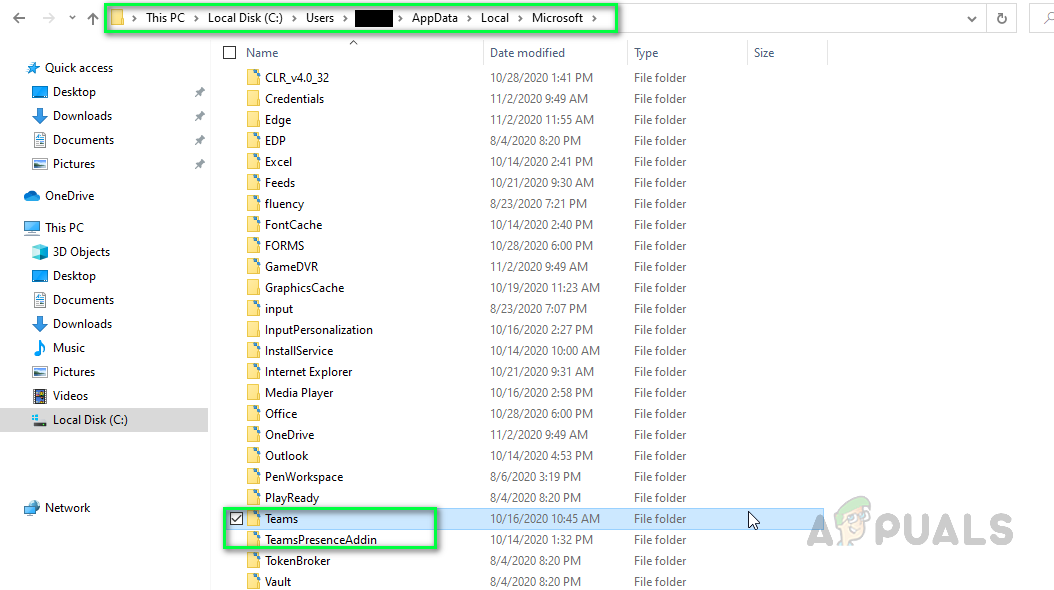
Finding MS Teams related Folders C:\Users\<username>\AppData\Local\Microsoft C:\Users\<username>\AppData\Roaming\Microsoft C:\Users\<username>\AppData\Roaming
This should finally remove MS Teams completely from your PC.





